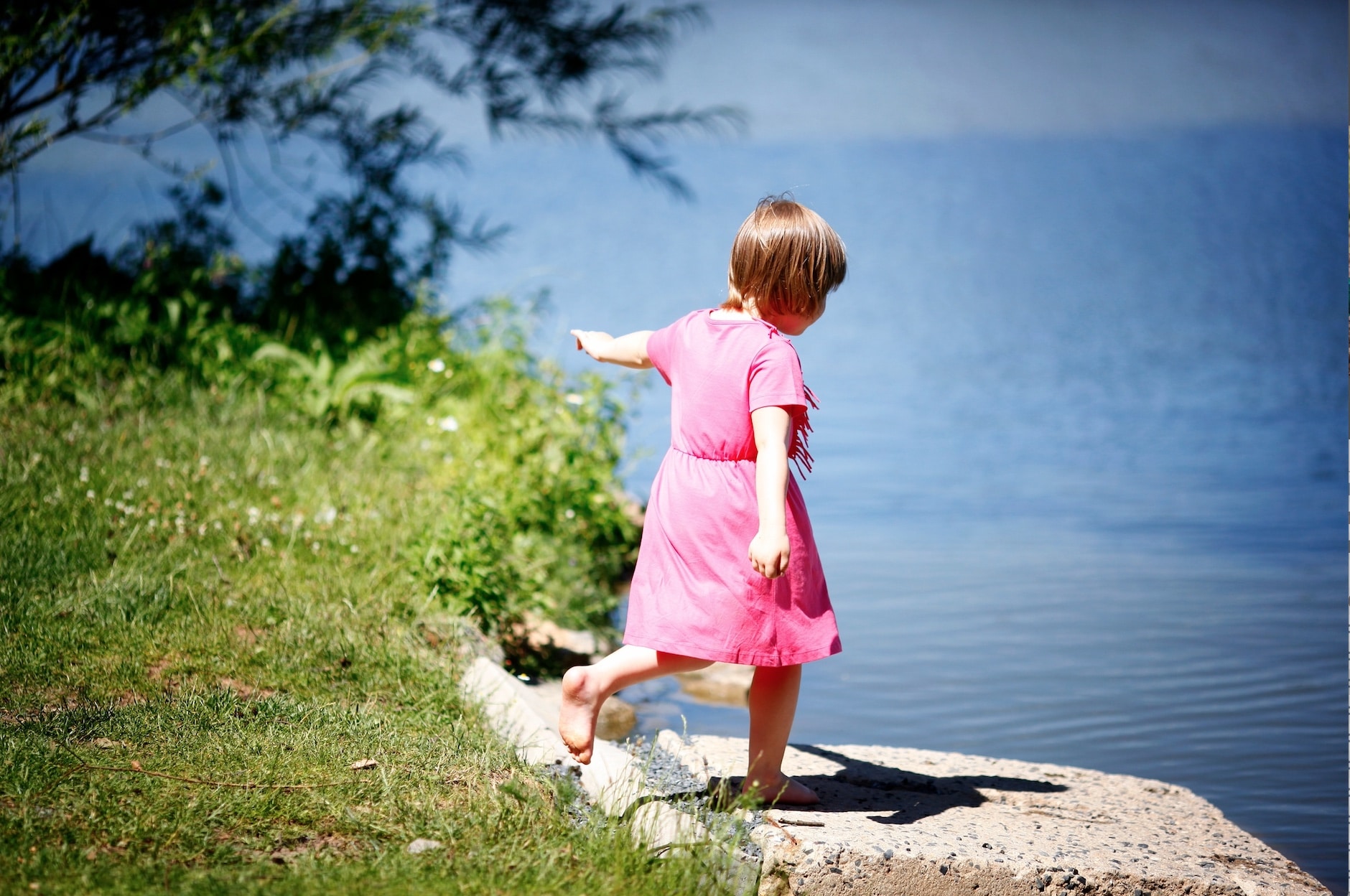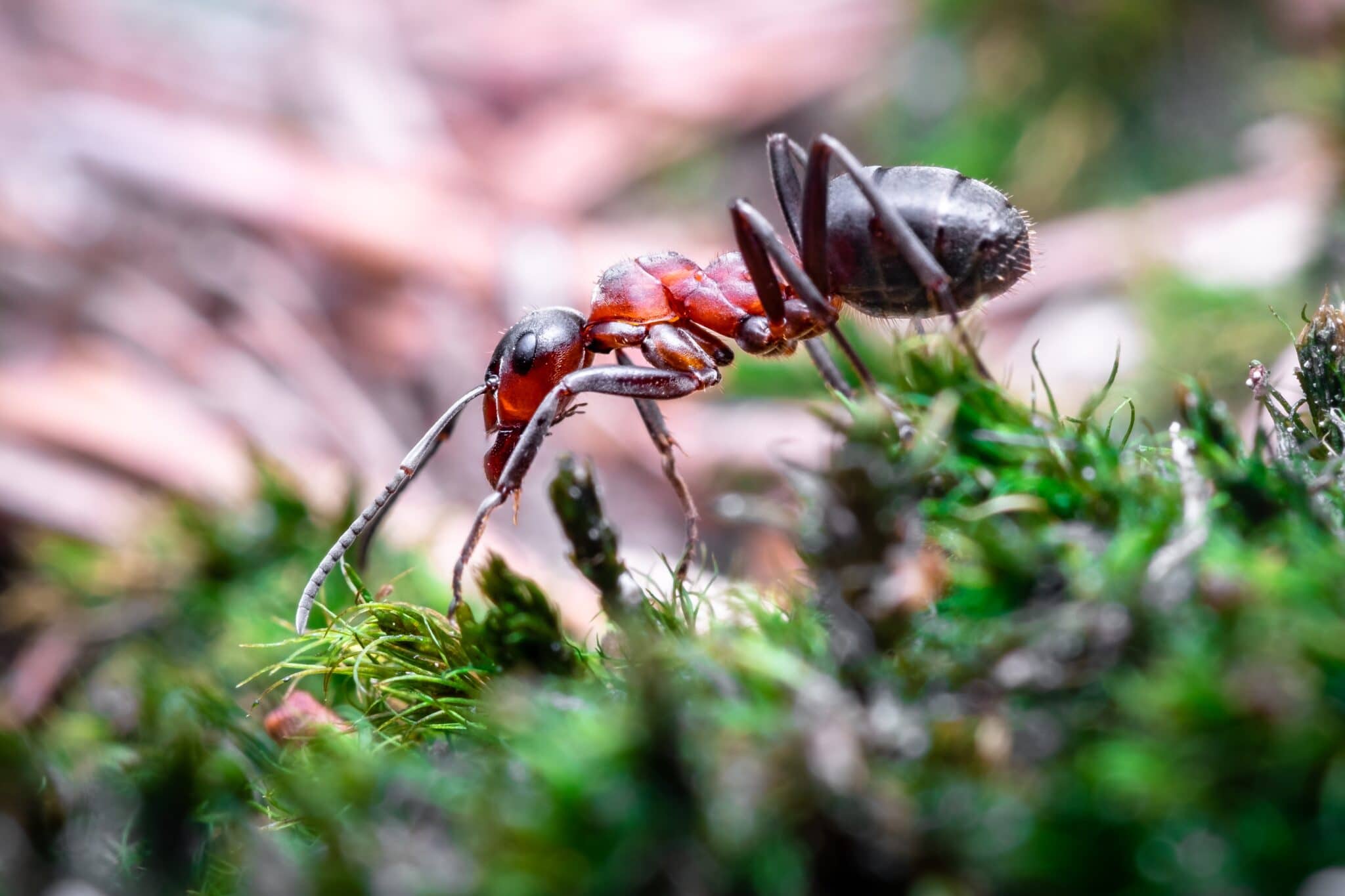
Children today are stressed. Mental health conditions are on the rise, physical abilities are in a state of decline and screens are doing their part to stun a child’s social development, with some kids rarely opting for play with real kids in real life.
For years, we've known that nature is a stress reliever for adults, with the calming and restorative effects of nature. And now there is also ample evidence suggesting that children be restored by nature.
Being in nature has been associated with lower levels of stress in children too. Experts say that when nature is brought into children's lives thoughtfully, it can be a simple, time-efficient, and free fix for stressed-out kids.
Forest Bathing for Kids
Of course, there are many ways for children to connect with nature and many things to do outdoors with kids. One activity that you may not have tried is time and research-tested. It's called forest bathing.
Miyazaki Yoshifumi has been researching shinrin-yoku, or the Japanese practice known as "forest bathing" for three decades. Forest Bathing involves bathing in the forest atmosphere or taking in the forest through the senses. The practice has been studied extensively, and researchers have found that forest bathing can lead to a host of benefits to people including reduced pulse rates, depression, fatigue, anxiety, and confusion.
But what about one of the most stressed-out groups of kids— adolescents? How effective can going into a forest be for the age group swathed in digital culture, and dealing with incredible social and societal pressures? In Yoshifumi's experiments with high school students in which he has asked them to observe roses and leafy plants, he says that the adolescents experienced a physiological relaxation effect just by looking at the roses and plants.
How Much Nature Is Needed to Reduce Stress?
How much nature and how often should children be exposed to nature? Do kids have to set out for a daily walk through a virgin forest or a backcountry hike through every one of the National Parks to benefit from nature? Not at all say the experts.
Just one day a week of outdoor learning in a forest setting showed healthier levels of the stress hormone cortisol, according to one study. In the study, cortisol dropped over the course of the school day when lessons were held in the forest but not in the classroom.
Of course, most children don’t have access to a forest in their backyard or attend a forest or nature school. Sadly, most schools do very little learning outdoors. Still, children can benefit from nature’s stress-reducing potential if their classroom window just has a view of greenery. One study showed just that. A simple view of vegetation from a high school classroom window led to decreased heart rate and self-reported stress in students.
Nature at Home
If your child's school is (poorly) designed without nature in mind or outdoor learning, take matters into your own hands with abundant outdoor free play. An American Academy of Pediatrics 2007 report on the importance of play states that play protects children’s emotional development whereas loss of free time in combination with a hurried lifestyle can be a source of stress and anxiety. A chaotic schedule may even contribute to depression for many children.
As much time as possible outdoors is beneficial for a child's physical, mental, and emotional fitness. But even a quick fix is possible. A child's stress levels will fall within minutes of just seeing green spaces. In an interview, Yoshifumi concurs. “During our research, we found that even small elements of nature have a physiological relaxation effect. They also have the benefit that you can be in contact with them for long periods of time.”
So do your child and your family a favor and decompress your busy schedules. But make sure you add in nature and family outdoor activities.













